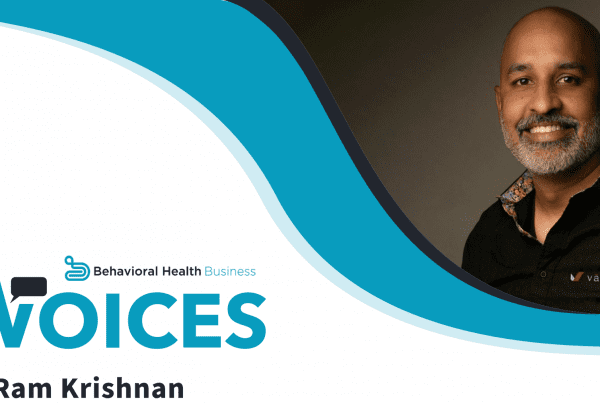Essential strategies for creating work-life balance as a therapist
Therapists are in the business of compassion. Many are naturally inclined toward high sensitivity to others, even outside the context of work. Overextending one’s sympathy can contribute to burnout or compassion fatigue, which is why it is so important as a therapist to be able to step out of the role at the end of the business day.
But it’s not always so straight-forward. Providers are often required to maintain availability after work hours, and the advent of mobile technology has meant that providers are more connected to their work now than ever before. Nonetheless, those wishing to achieve a healthy work-life balance and operate at full emotional capacity with clients will need to be able to turn off “therapy mode” from time to time. The following are some key strategies.
Setting aside time to decompress is important, because providers are at their best when they’ve had a chance to recuperate after a long day. Observing an adequate amount of downtime might involve putting up some hard scheduling barriers. Carve out some time that is just for you and is completely non-negotiable, whether that’s the pursuit of a hobby, exercise, or some form of relaxation. The quality of time spent outside the office will always have an impact on the energy and enthusiasm providers are able to bring to the job.
Set up appropriate communication boundaries
These days, it’s pretty common for people to check work communications during evenings, weekends, vacation days, and even sick days. There’s certainly nothing wrong with being professionally driven, but make no mistake – blurring the lines between work and life will result in a loss of productivity over time.
That is why it is important to create sensible barriers for availability outside of work, and to communicate those barriers effectively. This may be a challenge or may not even possible for providers that are on call, but for those who are not, some simple messaging will do the trick. For example, including a statement inside of an email signature of when emails will be checked and when they won’t will give others an idea of when to expect a response. Over time, clients and coworkers will learn to work around the provider’s schedule, and providers begin to realize a stronger sense of work-life balance.
Consider outsourcing administrative task
Private practice owners tend to take on multiple roles. In addition to their normal clinical time, many providers also manage intakes, scheduling, and billing. While it is understandable from a small business perspective to want to curb costs wherever possible, providers should understand the drawbacks of taking on the administrative workload of the practice themselves. To do so is to subject oneself to a significant time commitment that could be otherwise spent either bringing additional value to the practice or recuperating at home.
Hiring staff or outsourcing certain tasks such as billing will do much to free up a provider’s time and mental capacity, but even if it is not within budget to do so, private practices should at the very least consider an EHR solution. Much of the administrative and clinical workload can be improved through software automation.
Staying too deeply entrenched in work can lead to burnout, which places both client and provider at risk. Creating sensible walls between work and life and remembering to come up for air consistently will help to ensure providers can continue to give the best quality of care possible.





